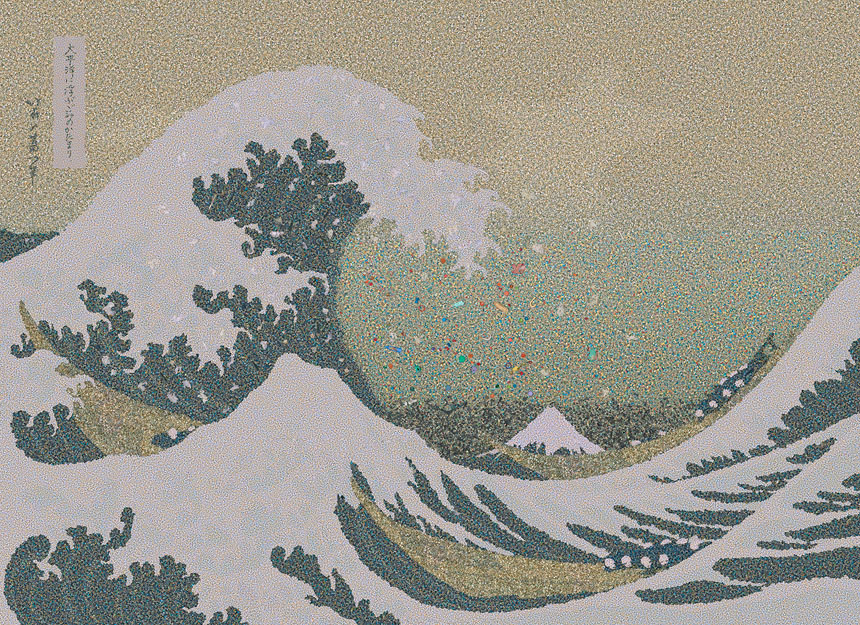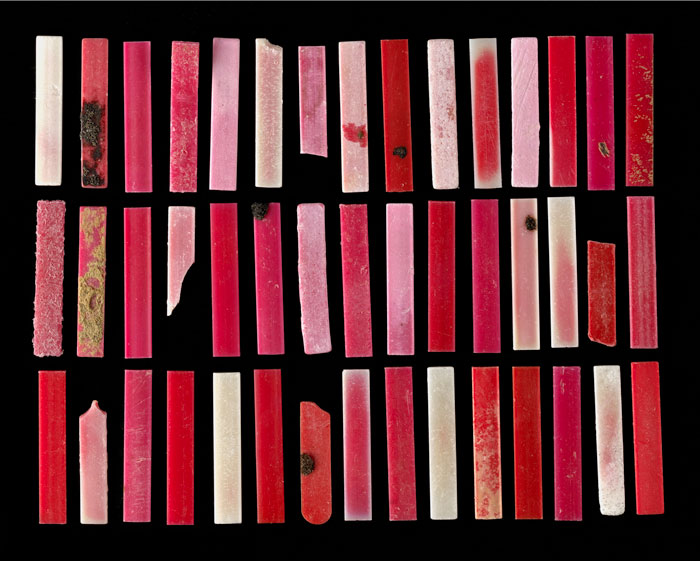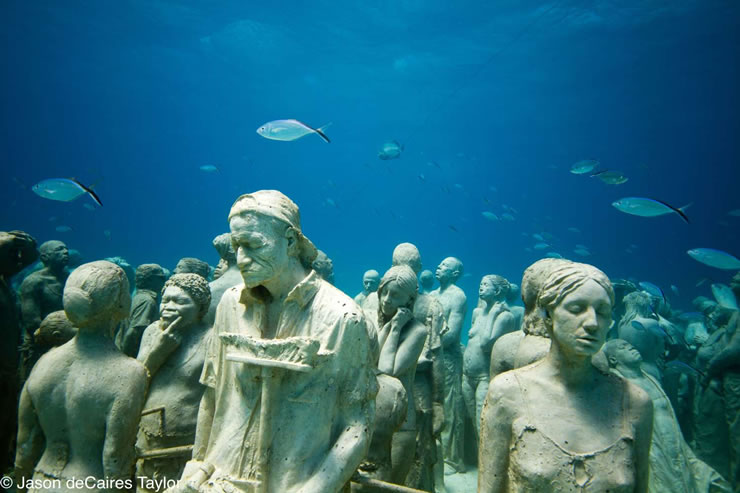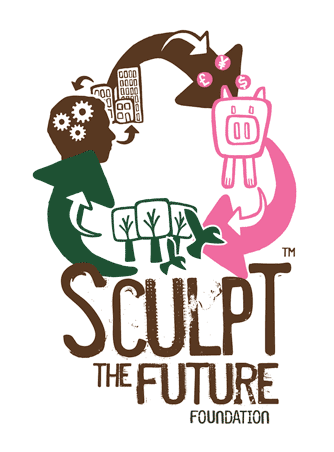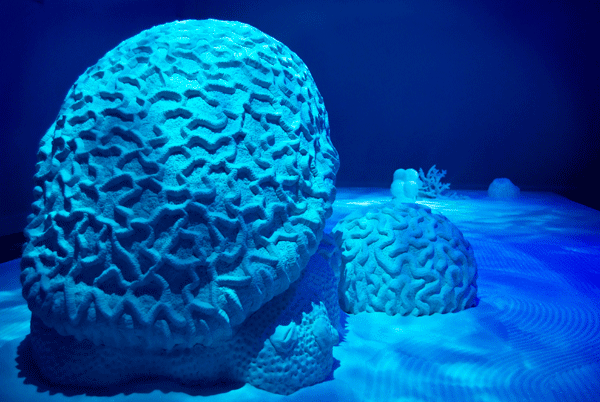Alvin Sputnik, Deep Sea Explorer
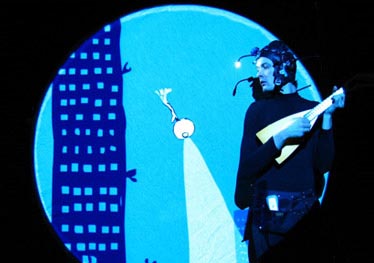
This touching, award-winning theatrical performance Alvin Sputnik, Deep Sea Explorer reveals the human condition at the end of the world when seas have risen to overtake most of humanity. Using a masterful combination of animation, puppetry and song, artist Tim Watts charts the adventures of an average guy sent to the bottom of the sea to find another version of Earth hidden in the Earth’s core. Humorous, but ultimately damning, the performance is a warning tale for adults and children alike of what we stand to lose if we continue to bury our heads in the sand.


